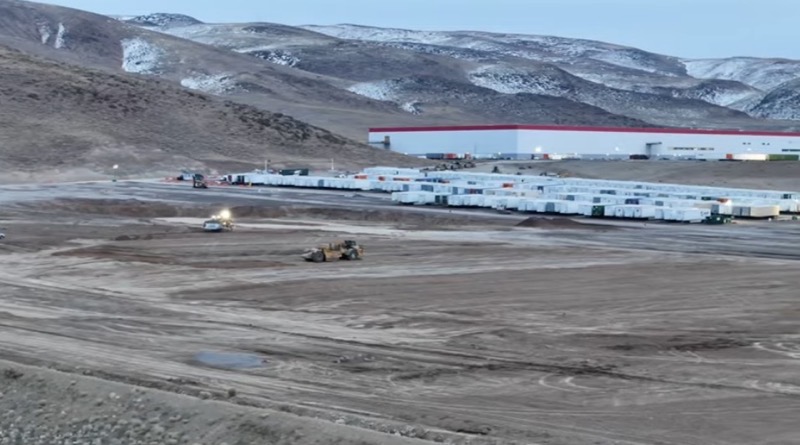
Tesla Semi High Volume Production Expected in Late 2024: Musk

Tesla’s electric Semi truck won’t begin large-scale production until the end of 2024, according to CEO Elon Musk. The decision comes as a result of ongoing battery-supply constraints and the desire to ensure high-quality production. This announcement arrives five years after the company first revealed the model and began deliveries in December.
Speaking at an energy conference in Austin, Texas, Musk did not detail his specific plans for ramping up production. Despite the semitrailer truck being a niche product for Tesla, Musk believes it plays a crucial role in transitioning the company towards more sustainable energy sources. This is particularly relevant given the significant contribution of heavy trucks to vehicle emissions.
In his talk to an audience of utility executives, Musk also emphasized the need for increased investment in power generation by the country’s major energy providers. He projected a tripling of electricity demand by 2045 due to the growing popularity of electric vehicles, reports the Wall Street Journal.
Musk stated, “The future is not like the past. It involves a significant surge in electricity demand, requiring every resource we have just to keep pace with it.” He urged energy providers to recognize this shifting landscape and make appropriate investments to meet the escalating demand.
Back in January, Tesla announced a $3.6 billion expansion to Giga Nevada to scale up Semi production and 4680 battery cells.
“We will be investing over $3.6 billion more to continue growing Gigafactory Nevada, adding 3,000 new team members and two new factories: a 100 GWh 4680 cell factory (with capacity to produce enough batteries for 2 million light duty vehicles annually), as well as our first high-volume Semi factory,” said Tesla at the time.
“Semi is our fully electric combination truck, with 500 miles of range and energy consumption of less than 2 KWh per mile,” it reiterated.
Semi has its place for an all-electric future, but Tesla may need to expand the higher-powered chargers required to charge the truck, before it can be mass produced.

